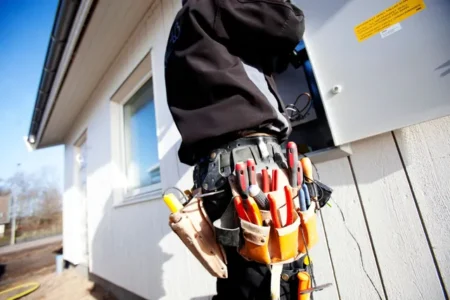The overclocking of custom-built PCs could increase the performance by a great measure, although it should be conducted cautiously. Commence by backing up your data and updating BIOS and drivers on a sound basis. To make sure that everything works well, you should monitor your hardware with a tool such as CPU-Z or MSI Afterburner.
Moreover, in order to pass stress testing, the clock speeds need to be increased gradually. Monitoring overheating and cooling down to prevent overheating. Successful implementation of your settings entails saving them in BIOS or GPU software as well as testing them for long-term stability when performing several tasks.
Keep in mind that consuming more power is also an issue that should be dealt with, and never overload your hardware just because you can. These experts’ advice will help you to boost the computer’s performance without damaging it or shortening its lifespan.
Now, let’s go straight down to the details.
What is Overclocking?
Let’s make a brief description of what overclocking means. Pushing your custom-built PC’s components above their factory settings to enhance their performance is what is termed overclocking. It is just like finding extra juice for your specially developed PC.
Now, let’s explore some essential tips for successful and safe overclocking by computer builder:
-
Backup Your Data
In fact, overclocking is typically safe as long as it is done properly; however, it may be risky. Make sure all of your important data is safely backed up before beginning the overclocking procedure. It also makes sure that critical files do not go missing in case something happens.
-
Update BIOS and Drivers
Ensure your motherboard’s BIOS and graphics card drivers are current before you begin overclocking your custom-built PC. More often than not, they also incorporate performance updates as well as stability for overlocking purposes.
-
Monitor Your Hardware
Hardware monitoring plays a vital role when it comes to the overclocking process. Set up monitoring software such as CPU–Z or MSI Afterburner. With these tools, you will be able to monitor how fast your hardware operates constantly and its temperature, which is important for a successful overlocking. There are benchmarking tools such as 3DMark that assist you in measuring the result of the overclocking.
-
Start Slow and Gradual
Patience is of great importance when overclocking. First, make small increments of increase in clock speed. For example, no matter how you are overclocking, be it CPU, GPU, or RAM, pushing the limits too far too fast will cause unstableness or even damage to one’s equipment. Progressively boost your settings and recheck whether they are stable at every level.
-
Stress Test Your PC
Overclocking would be incomplete without stress testing. Some stress testing tools, including Prime95 and FurMark, will push your components to their very limits in order to show whether there are signs of instability or overheating. Therefore, it is important to run these tests over a long time to ensure that your overclocked custom-built PC can hold heavy loads.
-
Watch Your Temperatures
The overheating risk is perhaps one of the main risks related to overclocking operations. Such overheating limits the life span of components and brings many troubles with deteriorated functions. Monitoring of your CPU and GPU temperatures utilizing temperature tracking devices. Make sure your cooling systems can manage more heat emanating from the overclocking process.
-
Save Your Settings
Once you settle for a stable setting of overclocking, save it as your BIOS or GPU’s overclocking software. This also simplifies returning to an earlier and stable configuration whenever an issue occurs later.
-
Test for Long-Term Stability
Maintain the stability of your overclocked settings across periods. Ensure that your custom-built PC is capable of multitasking, such as gaming, content creation, or just general purposes.
-
Be Mindful of Power Consumption
It can be noted that overclocking can cause a substantial rise in power consumption. It is important to note that higher power draw often translates into heftier electricity bills, which might necessitate a better power supply unit (PSU). When overclocking, consider the total cost, as you may need another upgrade.
-
Know When to Stop
Overlocking, like everything, has some point of diminishing returns. Exceeding your hardware limits could result in a few additional performance enhancements, instability, and heating problems. You need to understand when you have found a perfect point of equilibrium between productivity and well-being.
Conclusion
Finally, overclocking your custom-built PC can result in better performance. Nevertheless, one needs to apply knowledge, patience, and attention when considering this method. Using these tips, your PC will be able to unleash its maximum capabilities while maintaining its balance. Happy overclocking!







